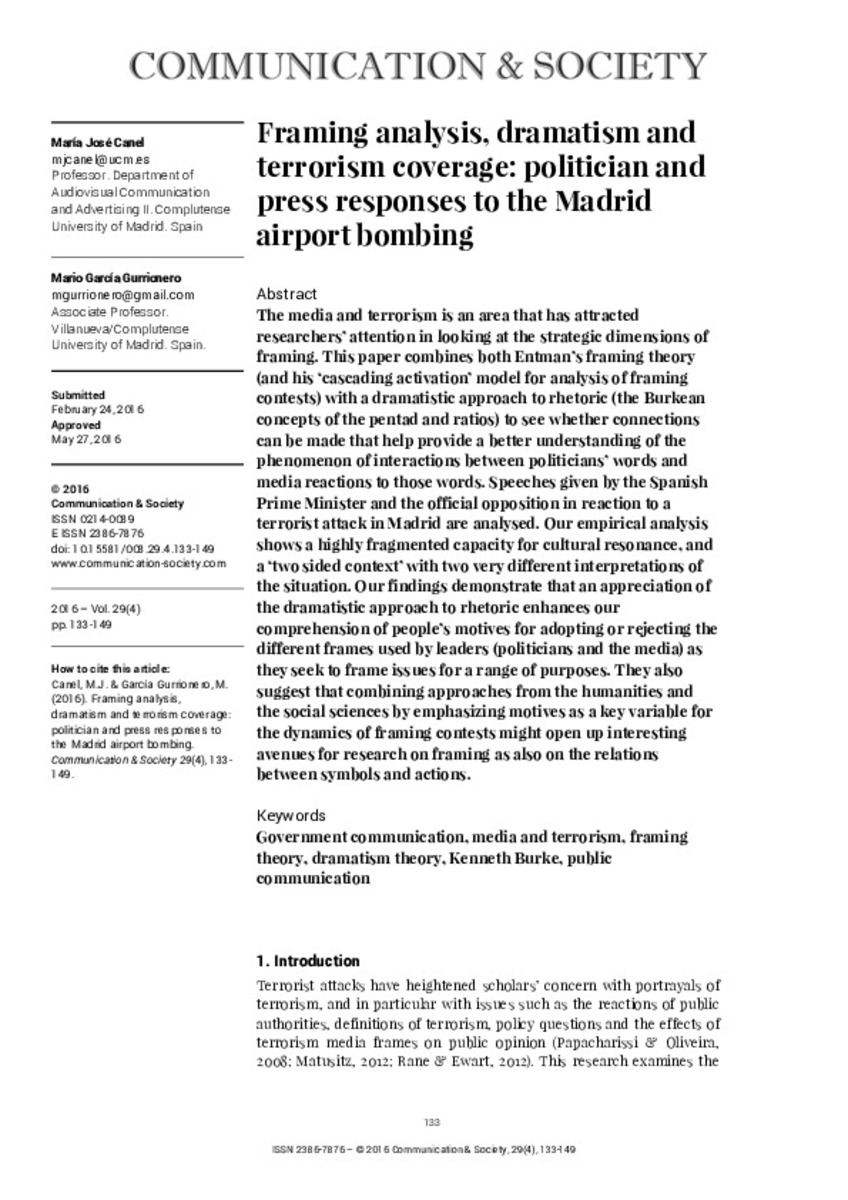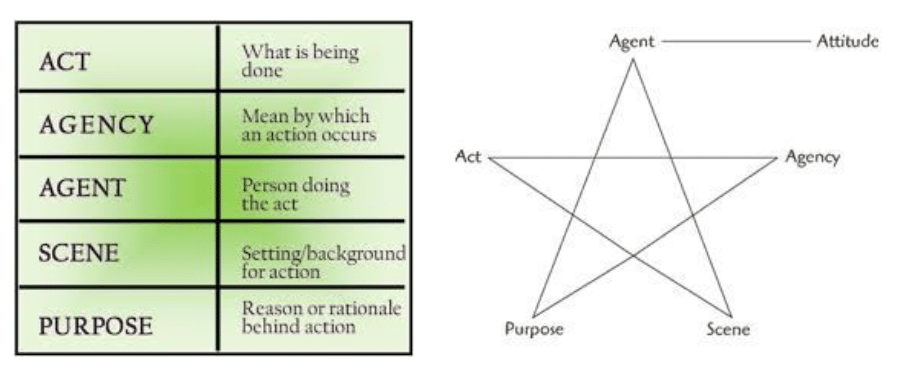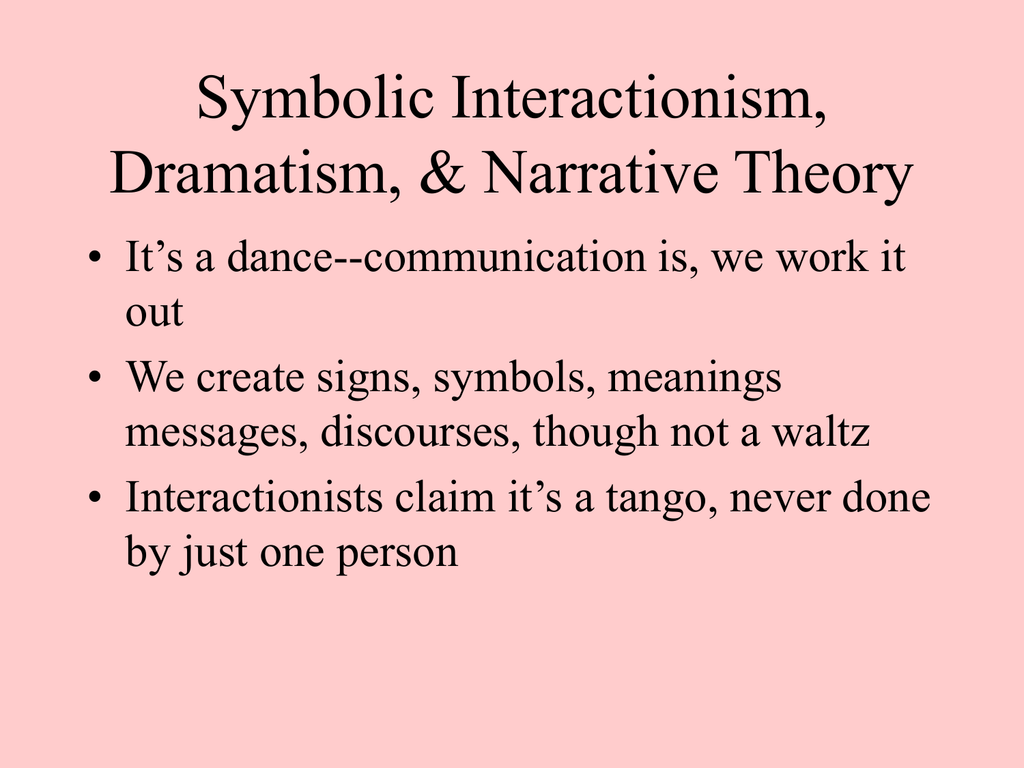Dramatism is a communication theory developed by Kenneth Burke in the mid-20th century. It proposes that all forms of communication, whether verbal or nonverbal, can be understood as a form of drama or a means of enacting a particular narrative. According to Burke, human beings are constantly engaged in the process of creating and enacting symbolic action, and this process is driven by the desire to make sense of the world and our place in it.
At the heart of dramatism is the idea that all communication is motivated by the desire to achieve some kind of resolution or resolution of a problem. In this sense, every act of communication is an attempt to resolve a conflict or tension. For example, when a politician makes a speech, they are trying to persuade their audience to adopt a particular perspective or take a certain action. When a teacher gives a lecture, they are trying to educate their students and help them understand a particular subject. In each of these cases, the speaker is trying to resolve a conflict or tension by presenting a particular perspective or solution.
One of the key concepts in dramatism is the idea of "motives." Motives are the underlying desires or needs that drive an individual's communication. According to Burke, every act of communication is motivated by one or more of five basic motives: identification, division, hierarchy, manipulation, and conversion. These motives reflect the various ways in which individuals try to resolve conflicts and tensions through communication.
One important aspect of dramatism is the role of language in communication. Burke argued that language is a key tool for creating and enacting symbolic action, as it allows us to represent and communicate abstract concepts and ideas. Language is also a means of creating and reinforcing social bonds and identities, as the words and phrases we use can signal our membership in a particular group or community.
In conclusion, dramatism is a communication theory that emphasizes the role of conflict, resolution, and symbolic action in all forms of communication. It suggests that every act of communication is motivated by the desire to resolve a tension or conflict, and that language is a key tool for creating and enacting symbolic action. Understanding dramatism can help us better understand the motivations behind different forms of communication and how they can be used to achieve particular goals or resolutions.
Dramatism in Composition: Definition and Discussion

Burke identifies the way that words can gain new and different meanings depending on the context and how we as humans respond to these words and symbols. There have been, however, criticisms of his work. When you start putting blame on others this can create DRAMA. According to Littlejohn 2002 , anyone who is writing about communication today, in some way is restating something that Burke had already created. According to Burke, when someone attempts to persuade another person, the persuaded must see the persuader as like them in some way. University of British Columbia.
Dramatism: A Communication Theory That Can Be Utilized By Organizations To Better Understand Persuasion

According to Burke, "the scene" is defined as "the background of an act, the situation in which it occurred. Action is something that people do on purpose in way of their voluntary behavior. It created the perception that we were a team; a family. It is based on the idea that people act according to their perceptions of reality, which are shaped by their use of language. Motivations behind human activities? KB Journal, 6 2. Quarterly Journal of Speech, 86, 318—333.
Dramatism Flashcards

Evaluation Of Theory Dramatism is an interpretive theory about understanding why a person behaves in the way that they do, and not so much in the predication of human behaviour. Cohrs Spring 2002 One of my favorite rhetorical theorists, Kenneth Burke has done wonders for communication. Have you ever heard the phrase, "find the common ground? By these standards, news becomes attractive but not necessarily a true image of the real world. Retrieved April 30, 2012. This is the instrument that is used to create the set of principles, either relational or functional, to understand the motive behind the decisions that are made. This brought him to the 5 elements that should be in every drama: an act, a scene, an agent, an agency, and the purpose. This does not necessarily imply that Dramatism is also entirely metaphorical.
Kenneth Burke

As previously stated, it is more geared towards the communication of a speaker broadcaster to a crowd audience in order to understand the motive behind what the speaker is saying. The Elements of Dramatism. International Journal of Drug Policy. In this case, the agency would be a computer and scanner. Worked their way up the ranks? While strange at first, it really created a cohesive community among us, regardless of race, color, creed or religion. Revisiting the Controversy over Dramatism as Literal.
Dramatistic pentad

The clips above so some dramatic scenes in movies, this scenes arerelevant because no matter who you are you have had some sort ofunpleasant happen to you or somethingyoudidn't want said or done to you. A medical doctor recommending a pharmaceutical product; and 3 Pathos - An appeal to the audience's emotion sympathy, empathy. Is it not more effective to have the SME more directly involved? The dramatic process must have structure for it to reflect the human condition. The result was a pentad that has the five categories of: act, scene, agent, agency, and purpose. To start describing dramatism, it is explained first the different between action and motion in regards to symbolism. Even though he left Columbia University without a degree, he was a renowned critic, theorist and author by the time he passed away in 1993. Introduction Dramatism is a communication theory that was developed by Kenneth Burke.






